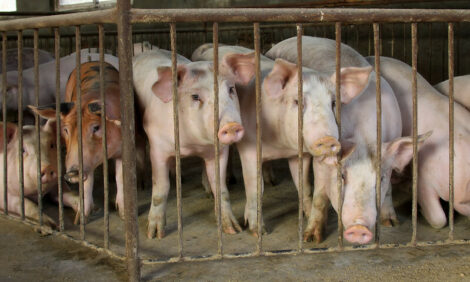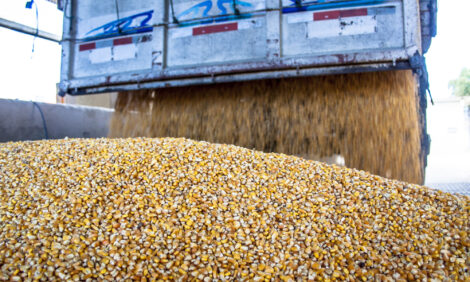



What Is Your Cost To Raise A Pig?
CANADA - "The crushing low hog market this fall will hit the pork industry hard. Producers will need to pull in survival techniques ..." And so the story goes listing survival tactics in a down market. Maybe sounds a little too familiar?The above quote was taken from an article in National Hog Farmer dated October 15, 1998.
It has been almost ten years since I last wrote for Pork News and Views. Back then the North American industry was heading into a very severe downturn, one that hit US producers very hard and had the majority of Canadian producers re-evaluating their own survival/place in the pork industry. A lot has changed in the pork industry since then, but the highs and lows in the market place are still forces that have to be dealt with.
At a producer meeting a few weeks ago I asked a producer how he was coping with the current market situation. His said that he met with staff and told them that to make it in this current market everyone must try to reduce expenses wherever they can. They identified areas where they thought costs could be reduced. Their bottom line is, "we cannot set prices but we can control our expenses."
The question then becomes what are my actual current variable expenses and can I reduce them?
The OMAFRA Swine Budget provides a template to benchmark your current variable expenses. It is posted monthly on the OMAFRA website and published bi-monthly in Pork News and Views in the Better Pork magazine. Determining your cost of production with the various expense items provides you with a tool to identify potential areas for improvement and to measure the impact of the resulting changes. Individual farm figures will vary depending on the resources, management, production, health status, size, market conditions, risk, and financial arrangements.
For more details and the assumptions used in the OMAFRA Swine Budget refer to the "Notes for the 2008 Budget" posted on Swine Business and Marketing website.
Use Resources Around You
Once you have determined your actual costs seek out advice from your input suppliers. They are a great resource since they are exposed to many other producers facing the same issues.
Below are just a few examples of items that can be looked at to help reduce the variable costs of raising pigs.
Income
Review the number of market hogs outside your optimum weight class for your marketing grid. By looking at your grid distribution and shipping weights available on OINK (see note below) you can quickly change shipping weights to maximize your returns. With current feed prices, do you want to be shipping hogs on the heavy side of your grid?
Feed
If your feed price seems high, seek advice from your feed advisor on ways to reduce costs. There may be some opportunities for sourcing alternate feeds this fall or using different feed rations.
Health
If your health costs seem high ask advice from your herd health veterinarian. They can review your vaccine and medication program. Review your death loss, trims and grading information listed in the enhanced grading sheet on OINK.
Utilities
Review your ventilation program. Get help if you really do not understand your ventilation controls. Having fans and heaters working against each other this fall and winter will only increase your energy bills.
Manure Disposal
Review manure spreading options with your crop advisor. What is the nutrient value of your liquid hog manure? How can it be maximized for the next year's crop?
Note: Grading information, grid distribution, monthly summaries and more are listed on Ontario Pork's Online Information Knowledgebase (OINK). To enrol for the secured OINK data resource website or to get more information phone Ontario Pork at 1-877-668-7675.
As the producer said, "We cannot set prices but we can control our expenses."






